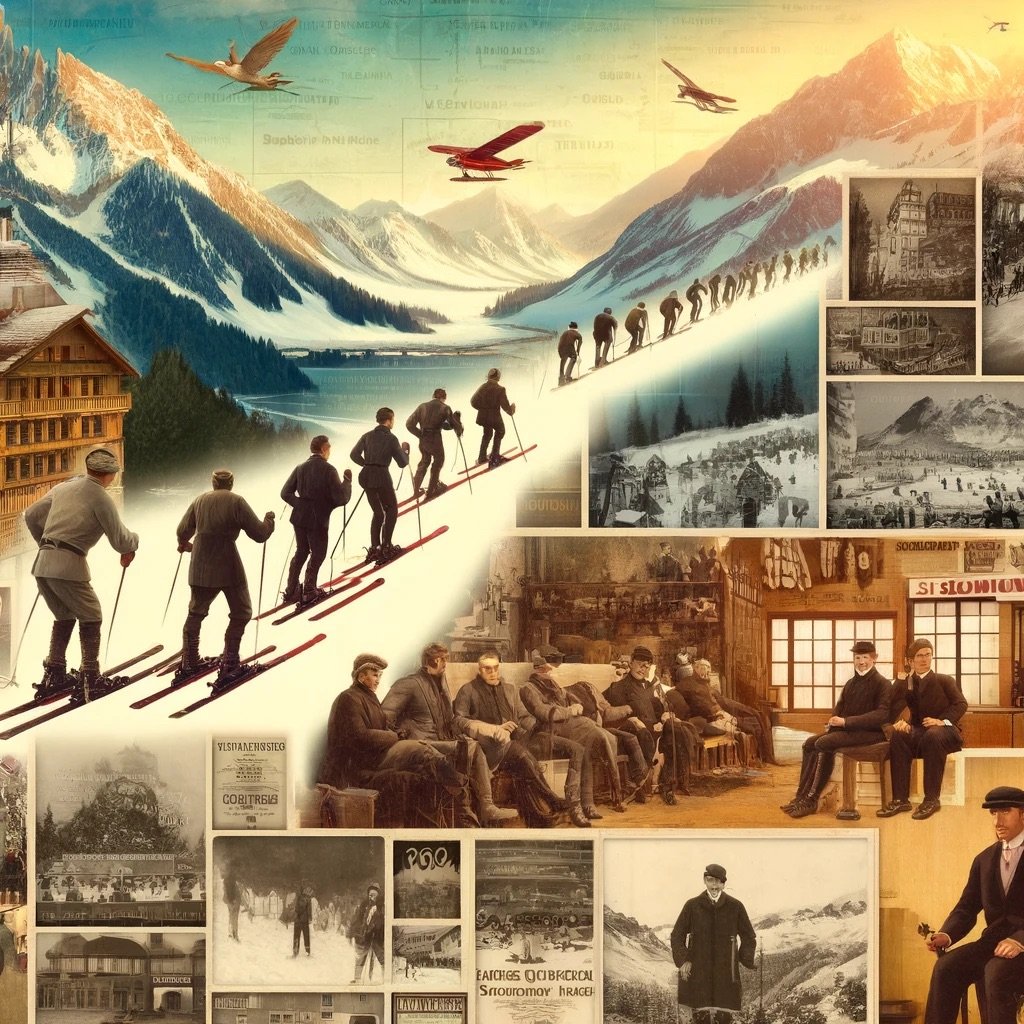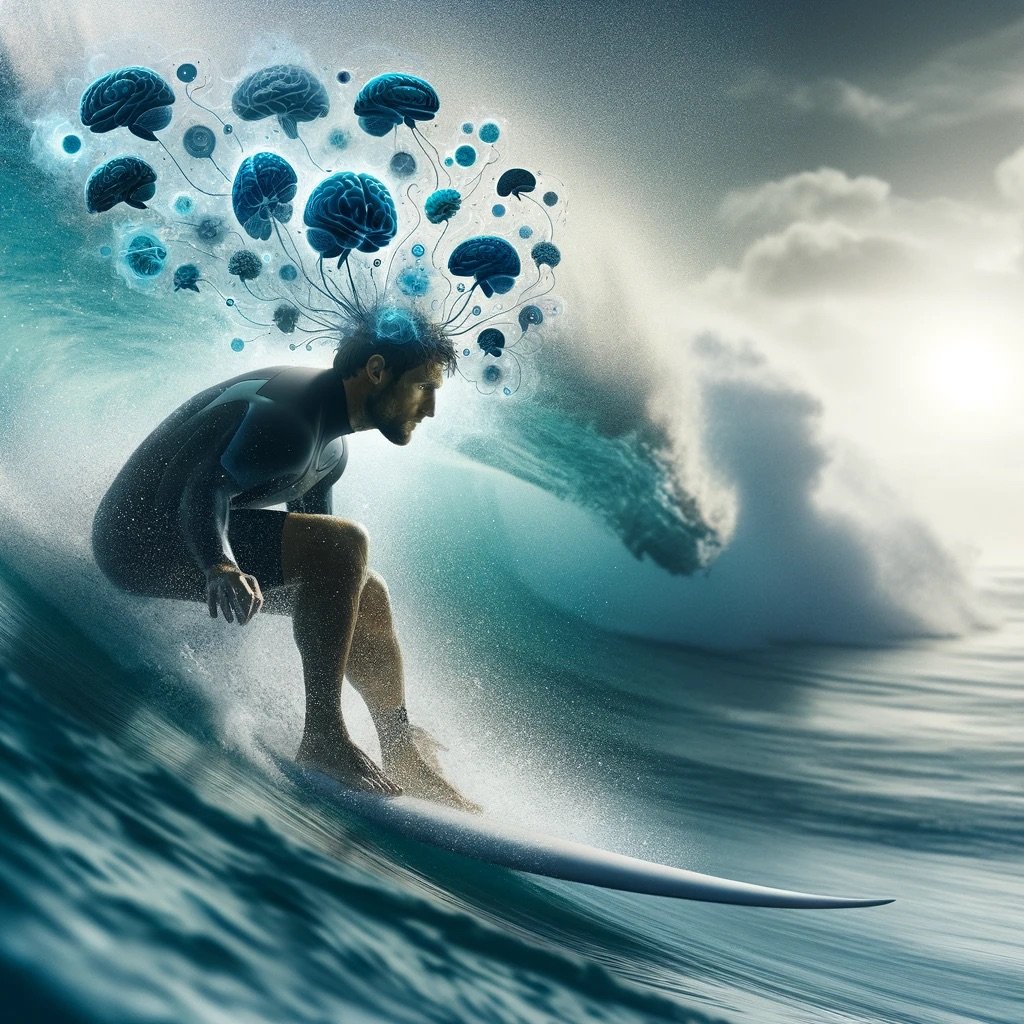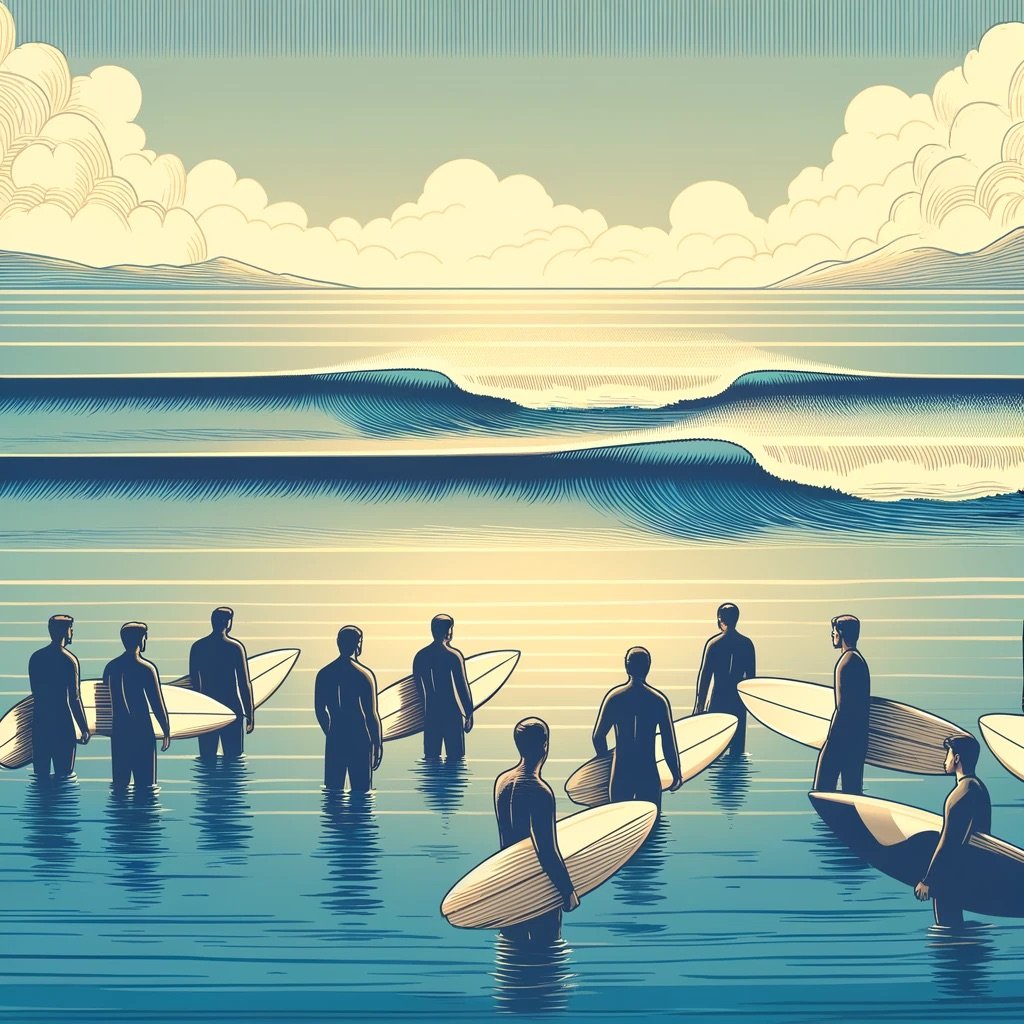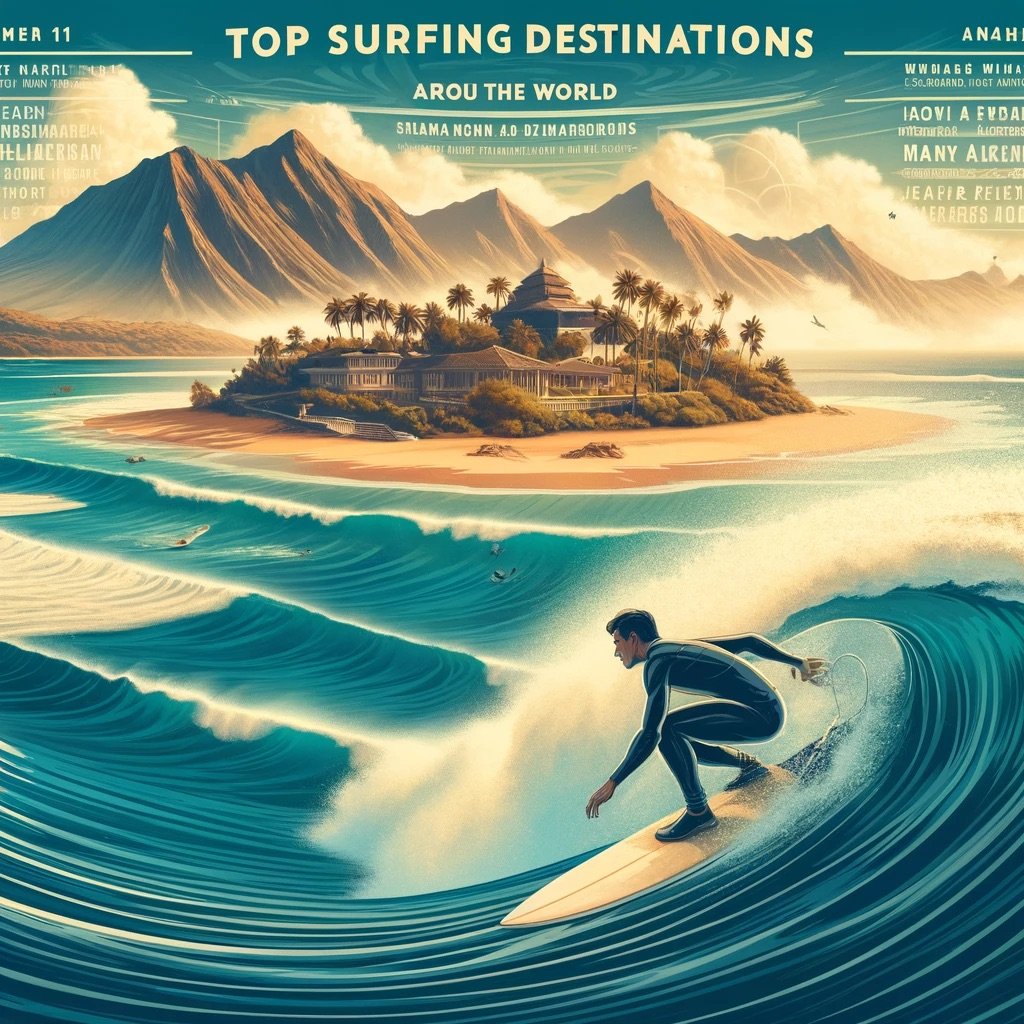Horseback riding has a rich history that spans thousands of years and includes diverse traditions and practices from various cultures. Here’s an overview of the evolution of horseback riding and its significance throughout history.
1. Ancient Cavalry
- Origins: Horseback riding dates back to around 4000 BCE, with evidence of domesticated horses in the steppes of Central Asia.
- Cavalry Warfare: Ancient civilizations, such as the Persians, Greeks, and Romans, developed cavalry units that played crucial roles in warfare. Horses provided speed, mobility, and a strategic advantage on the battlefield.
- Techniques and Equipment: Early riders used simple saddles and bridles. The stirrup, a significant advancement, appeared in China around the 4th century CE and spread to Europe by the 8th century, enhancing stability and control.
2. Medieval Knights
- Chivalry and Tournaments: In medieval Europe, knights on horseback became symbols of chivalry and honor. Tournaments, featuring jousting and other equestrian events, showcased their skills.
- Feudal System: Horses were vital for the feudal system, providing transportation, labor, and status symbols for the nobility.
- Armor and Tack: Knights wore heavy armor, and their horses were equipped with robust saddles and tack to support the weight and provide protection.
3. Native American Horse Culture
- Introduction of Horses: Horses were reintroduced to the Americas by Spanish explorers in the 16th century. Indigenous tribes quickly adopted horseback riding, transforming their cultures and ways of life.
- Significance: Horses revolutionized hunting, warfare, and transportation for tribes such as the Comanche and Lakota. The horse became central to their cultures, influencing art, spirituality, and daily life.
4. Colonial and Pioneer Era
- Exploration and Expansion: During the colonial period and westward expansion in North America, horses were essential for exploration, agriculture, and transportation.
- Ranching and Rodeo: The development of ranching and the cowboy culture in the American West led to the creation of rodeo events, celebrating skills in roping, riding, and herding cattle.
5. Modern Equestrian Sports
- Olympic Games: Equestrian events were included in the modern Olympic Games, starting with dressage, show jumping, and eventing in the early 20th century.
- Diverse Disciplines: Modern horseback riding encompasses a wide range of disciplines, including dressage, show jumping, eventing, reining, barrel racing, and endurance riding.
- Technological Advancements: Innovations in riding equipment, training techniques, and veterinary care have enhanced the performance and welfare of both horses and riders.
6. Cultural Traditions
- Spanish Riding School: The Spanish Riding School in Vienna, Austria, is renowned for its classical dressage and the Lipizzaner horses, preserving centuries-old traditions.
- Mongolian Naadam Festival: In Mongolia, the Naadam Festival features traditional horseback riding events, showcasing the skills and endurance of riders and horses in races across the vast steppes.
- British Fox Hunting: Traditional fox hunting in the United Kingdom, dating back to the 16th century, combines horsemanship, hounds, and countryside pursuits.
Conclusion
The history of horseback riding reflects its profound impact on human civilization, culture, and warfare. From ancient cavalry to modern equestrian sports, horseback riding has evolved and diversified, preserving traditions while embracing innovations. Understanding this rich heritage enhances our appreciation of the timeless bond between humans and horses. Embrace the legacy and continue exploring the world of horseback riding. Happy riding!










